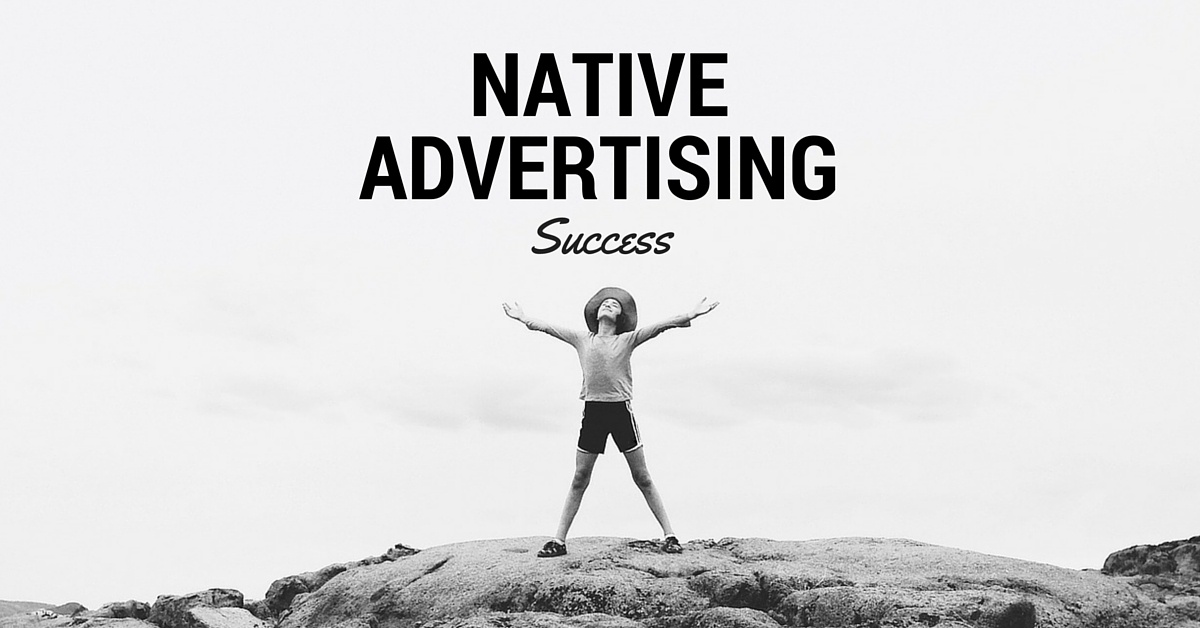Why native advertising should sit with your PR agency

There is no doubt in my mind that native advertising belongs in the domain of PR. For the simple reason that a brand’s PR agency is in the perfect position to guide, position and push native advertising. It is the PR agency that understands best how to maintain brand awareness and enhance brand perception and therefore best understands how to create and deliver content that belongs within a particular media context.
Yes, native advertising is paid for, but this does not mean that the content creation needs to sit with the advertising agency. If we consider the simple definition of PR – the practice of managing communication between an organization and its publics – the nature and intention of native advertising places it firmly in the domain of PR. There has been much debate around this and yes, the lines between advertising and PR do blur. But here is where that line needs to be redefined.
In redefining this line, the role of the PR agency has to be redefined. PR agencies need to be a part of the marketing mix and a part of the brand communications plan at the point of inception and not an after-thought. Fortunately for the PR industry, more ad agencies have realised that advertising does not sit on its own without running parallel with the PR strategy and thus we are seeing more ad agencies incorporating an in-house PR team or partnering with PR agencies to augment and better their offering.
PR creates and directs conversations
For argument’s sake, let’s create a scenario in terms of the development of a brand communication campaign. In the case of a new product/brand, the ad agency takes the lead and initially develops or augments existing brand/product strategy. Said strategy is then converted into a creative execution, and finally a media campaign is conceptualised and rolled out. It is then the work of the PR agency to amplify the campaign, is it not?
The PR agency is very much in tune with brand perception and how its messaging will be assimilated in the public space. They are the ‘on the ground’ element because they are in tune and in touch with what people are talking about, what the media is publishing and what they want or need. So the PR agency has the ability to direct conversations and create or raise awareness.
And this is where the line blurs once again. Today, a campaign is an integrated animal – the advertising agency creates marketing elements for a brand, but ultimately it is when that brand becomes part of ‘pop culture’ that the brand wins. In order to generate greater talkability within pop culture, the PR agency comes into play as they are best placed to guide and initiate positive talkability across all media environments, including social. On the point of social. It’s a broadcast outlet, it’s a media outlet and definitely belongs in the PR stable, but that’s a story for another day. PR agencies are thus able to create additional content and place it in the right channels both through visual and written elements and online and offline word of mouth.
PR creates culture and brand collateral
PR was not born on the basis of creating collateral, it’s objective is to drive conversation amongst targeted audiences through various media. But this has changed. Because PR can create culture as well as branded collateral. An info graphic, often with a call to action (that lives on any platform) is content creation and yet it is part of the PR portfolio. As much as an opinion piece or an editorial piece raises awareness of a brand, it is content creation, and always has been.
Earned and owned media
The argument that if its paid for it sits in adland; if its earned it sits in PR land; if its owned it belongs to the brand is a skewed one. Adland, like PR has always created content and will continue to do so. In today’s brand communication landscape, the PR team takes that content, augments it (and more often than not reinvents it in order to make it suitable for the desired media/communication outlet) and gains earned and owned media with it.
By the same token, PR also generates and leads paid for media by promoting and purchasing ads and promoted content on social media. This is not the preserve of the digital agency!
Why paid for PR? Because PR agencies are the interface between brands and influencers and brands and bloggers where often there is an exchange of funds. So PR agencies that are worth their salt are creating both marketing collateral and creating culture. And should it be a problem if it is paid for? No sir! Paying a blogger to write a piece is not advertising, it is creating word of mouth and a culture for a brand.
Ultimately, the question should be: who is best placed to control a particular piece of brand communication? And since native advertising is designed specifically to be part of the media narrative, rather than a banner on the right, then there can be no arguments about who should oversee this.
___
by Franco D’Onofrio
source: themediaonline

